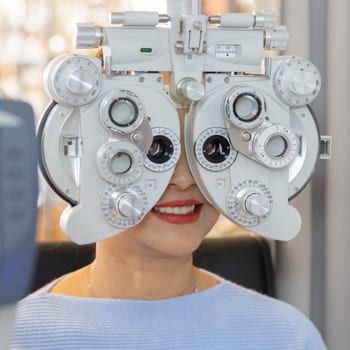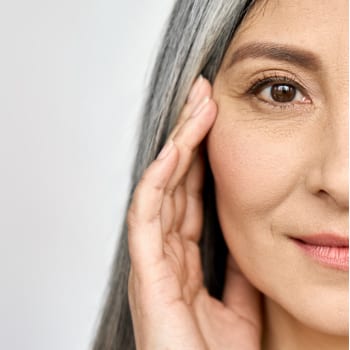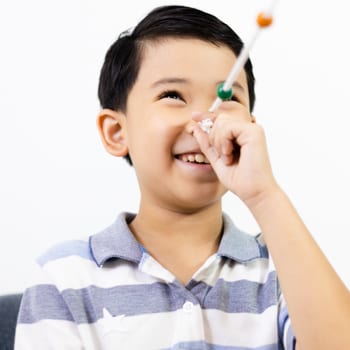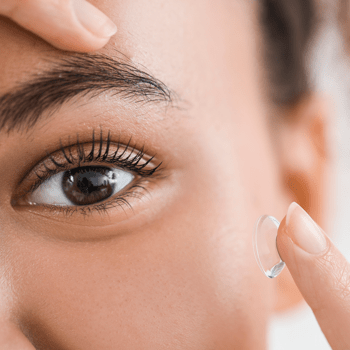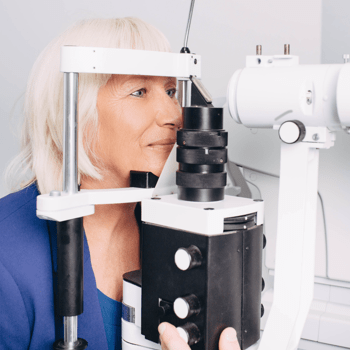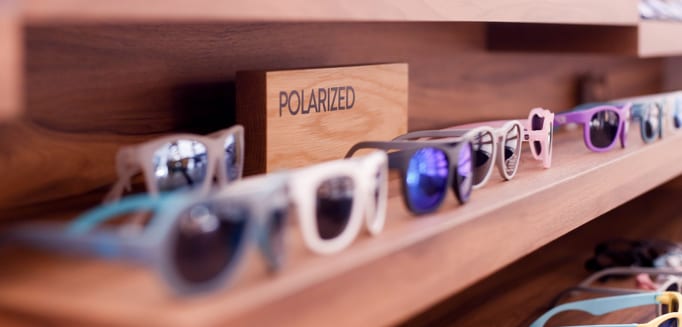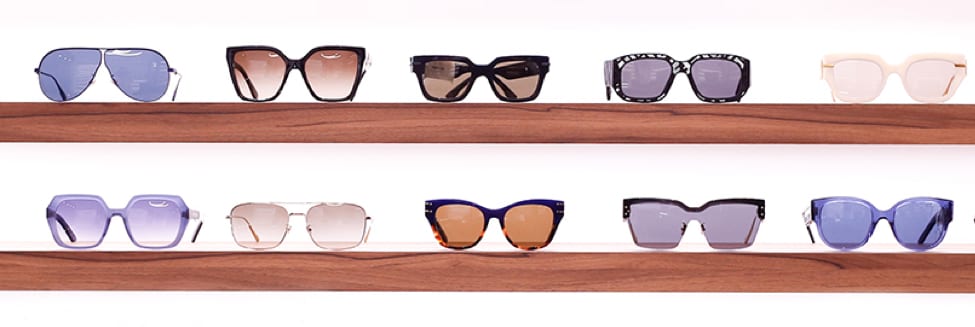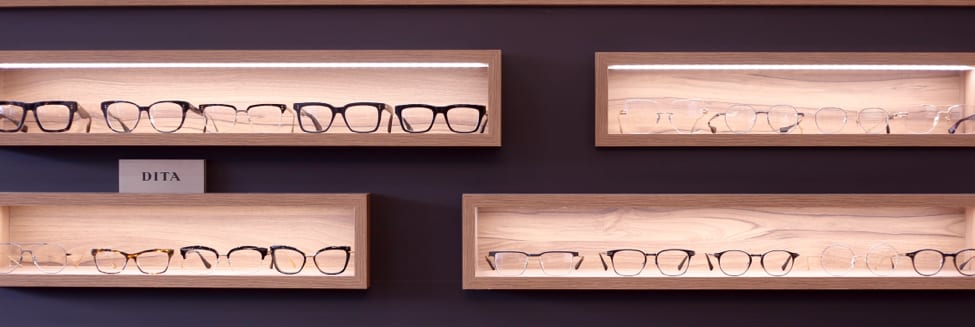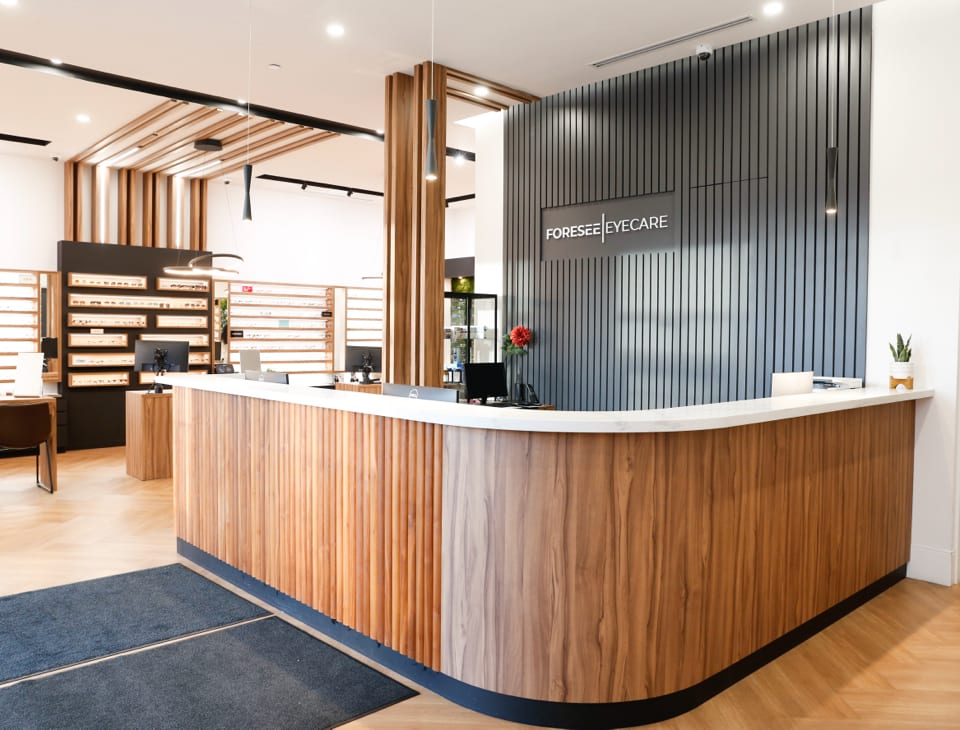If you find yourself squinting in normal lighting or reaching for sunglasses more often than usual, you might be dealing with more than just bright lights. Light sensitivity can feel frustrating and isolating, especially when it interferes with your daily activities like working on a computer or driving. Understanding dry eye therapy options and their connection to photophobia can help you find relief from these uncomfortable symptoms.
Yes, dry eye syndrome can cause light sensitivity, and this connection happens because your tear film plays a crucial role in how light enters your eyes and how comfortable you feel in various lighting conditions. Many patients who receive a comprehensive eye exam discover that their light sensitivity stems from underlying dry eye issues that can be effectively treated.
The Connection Between Dry Eye & Light Sensitivity
When you have dry eyes, your tear film becomes unstable and can’t protect your eye surface properly. This disruption affects how light travels through your eyes and can make normal lighting feel uncomfortable or even painful. Research shows that dry eye conditions significantly impact how your eyes process light.
Your tears normally create a smooth surface that helps light enter your eyes evenly. Without adequate tears, light scatters irregularly across your eye surface, creating discomfort and sensitivity.
The trigeminal nerve, which controls sensation in your eyes, also becomes more reactive when your eye surface lacks proper lubrication and protection.
How Dry Eyes Lead to Light Sensitivity
The mechanism behind light sensitivity in dry eye patients involves several interconnected processes that affect both your eye surface and nerve pathways. When these systems don’t work properly together, you experience discomfort in lighting conditions that previously felt normal.
Tear Film Disruption
Your tear film has three layers that work together to keep your eyes comfortable and your vision clear. When any of these layers becomes compromised, light can’t pass through your eyes smoothly. Understanding how Meibomian gland dysfunction contributes to this process helps explain why some patients experience more severe symptoms.
Reduced tear production means less lubrication and protection for your eye surface. Faster tear evaporation leaves your eyes exposed to environmental factors that can increase sensitivity.
These irregularities on your eye surface cause light to scatter instead of focusing properly, leading to discomfort and visual disturbances in bright conditions.
Nerve Pathway Involvement
The trigeminal nerve has endings throughout your eye surface that detect sensations like touch, temperature, and light. When your tear film can’t protect these nerve endings properly, they become hypersensitive to stimuli.
Inflammation in these nerve pathways can develop when your eyes lack adequate moisture and protection. This inflammation makes your eyes more reactive to light exposure.
In chronic dry eye cases, your nervous system can become sensitized and de-sensitized, making you more sensitive to light even when your eyes appear relatively comfortable.
Common Symptoms You Might Experience
Light sensitivity from dry eyes often develops gradually, and you might not immediately connect your discomfort to your tear film. Recognizing these symptoms can help you identify when both conditions are affecting your daily life, especially if you’re also experiencing dry eye headaches.
- Squinting in normal lighting conditions
- Discomfort from screens, fluorescent lights, or sunlight
- Increased eye pain in bright environments
- Tendency to wear sunglasses indoors
- Difficulty driving at night due to glare
- Burning or gritty sensation with light exposure
Types of Light That May Trigger Symptoms
Different light sources can affect your eyes in various ways when you have dry eye syndrome. Some types of lighting are more likely to cause discomfort than others, and understanding these triggers can help you manage your symptoms more effectively. The digital eye strain from prolonged screen use often compounds light sensitivity issues.
- Computer & phone screens
- Fluorescent office lighting
- Direct sunlight
- Flickering or glaring lights
- Car headlights

Treatment Options for Light Sensitivity From Dry Eyes
Effective treatment for light sensitivity caused by dry eyes focuses on restoring your tear film stability and reducing inflammation. A comprehensive approach addresses both the underlying dry eye condition and your sensitivity symptoms.
Artificial Tears & Eye Drops
Preservative-free lubricating drops can help restore moisture to your eye surface and reduce light sensitivity symptoms. These drops work by supplementing your natural tear film and providing temporary relief from discomfort. Learning proper eye drop usage ensures you get the most benefit from your treatment.
Prescription anti-inflammatory medications can help reduce inflammation in your eyes and nerve pathways. Tear production stimulants help your eyes produce more natural tears over time.
In-Office Dry Eye Therapies at Foresee Eyecare
Professional dry eye treatments can do more than simply relieve symptoms—they target the underlying causes of dryness to help restore long-term comfort and tear film stability. Unlike over-the-counter drops that offer temporary relief, these in-office therapies work to improve oil gland function, reduce inflammation, and support healthier tear production.
At our clinic, we customize treatment plans using advanced technologies and evidence-based care, including:
- Intense Pulsed Light (IPL) Therapy: Reduces inflammation around the eyelids and unclogs meibomian glands, improving oil flow and tear quality for sustained dry eye relief.
- Radiofrequency (RF) Treatments: Uses controlled heat to liquefy blocked oils and stimulate collagen production, helping restore comfort and eyelid health.
- ZEST Eyelid Debridement: Gently exfoliates the eyelid margins to remove biofilm and bacteria buildup that can worsen dry eye symptoms.
- MiBo ThermoFlo Treatment: Delivers soothing heat and gentle massage to the eyelids, improving meibomian gland performance and tear film stability.
These treatments can be performed individually or combined as part of a comprehensive plan designed to target your unique dry eye profile.
Protective Measures & Lifestyle Changes
Simple adjustments to your daily environment can make a big difference in reducing light sensitivity and dryness while your treatment plan takes effect. These supportive habits complement professional therapies to keep your eyes comfortable and protected throughout the day.
- Wear quality prescription sunglasses outdoors to shield your eyes from bright sunlight and UV exposure.
- Consider tinted or anti-glare lenses if you notice sensitivity to certain types of light—your optometrist can recommend options suited to your specific needs.
- Use a humidifier in dry indoor spaces to maintain moisture in the air.
- Take regular screen breaks to give your eyes time to rest and refocus.
- Stay hydrated to support natural tear production.
These small, consistent changes can help improve comfort and enhance the effectiveness of your dry eye treatments over time.
When to Seek Professional Eye Care
Light sensitivity that interferes with your daily activities warrants professional evaluation and treatment. Early intervention can prevent your symptoms from worsening and help restore your comfort in various lighting conditions.
An optometrist can perform comprehensive testing to determine the underlying cause of your light sensitivity and develop a personalized treatment plan. During your eye exam, your eye care provider can evaluate your tear film quality and identify specific factors contributing to your symptoms.
- Light sensitivity interferes with daily activities
- Symptoms persist despite over-the-counter treatments
- Eye pain accompanies light sensitivity
- Vision changes occur
- Symptoms worsen over time
See Clearly, Comfortably, & Confidently Again
If light sensitivity or dry eye symptoms are interfering with your day, it’s time to take control of your eye comfort. A comprehensive evaluation can identify the root cause of your symptoms and guide you toward the most effective, lasting solutions.Our team at Foresee Eyecare provides advanced dry eye therapies designed to reduce irritation, improve moisture balance, and restore your visual comfort. Don’t let persistent sensitivity or dryness hold you back, book your appointment today and experience how clear, comfortable vision can feel again.


